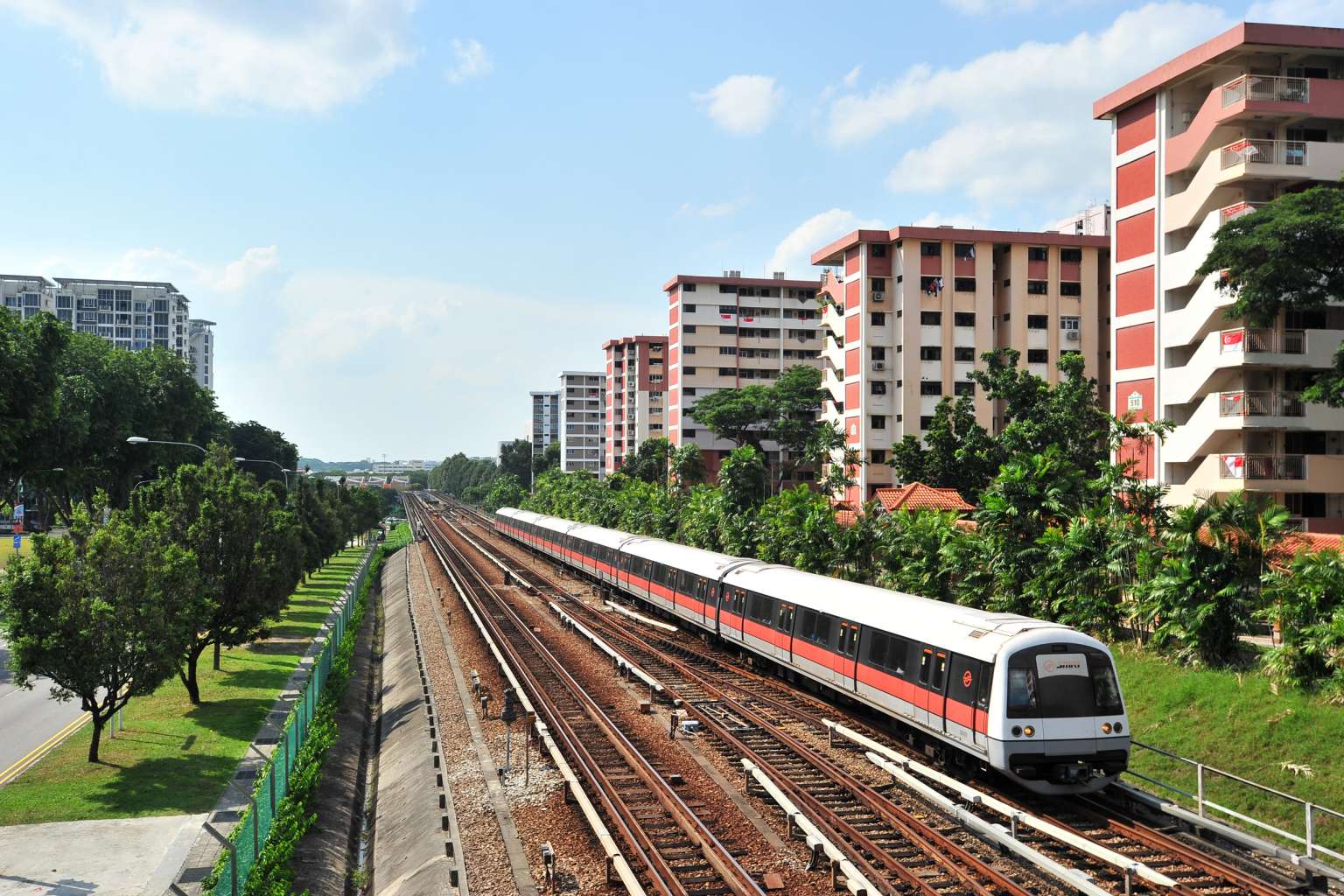Ideas for rail power system 'on right track'
Improving electrical system will cost more money and take time but is the way to go, say observers
Sign up now: Get ST's newsletters delivered to your inbox

An SMRT train heading towards Ang Mo Kio MRT station.
PHOTO: ST FILE
Follow topic:
Recommendations to bolster the electrical system of Singapore's rail system are a step in the right direction, industry watchers say.
But they will also result in higher investments.
Associate Professor Gooi Hoay Beng from the Nanyang Technological University's School of Electrical and Electronic Engineering said more money will have to be spent on hardware component maintenance and replacement.
Investment will also have to be made in boosting the IT infrastructure "with lots of real-time sensing for monitoring and control".
The professor was responding to recommendations made by a 13-man panel assembled last December by the Land Transport Authority (LTA) to look into ways to improve the electrical resilience of the rail system here.
Government Parliamentary Committee for Transport chairman Sitoh Yih Pin said: "I note that the panel has recommended that in the long term, the design of the rail system should provide for a maximum downtime of five minutes during a fault.
-
Main objectives
The panel's recommendations are aimed at achieving three broad objectives:
Foresight
Operator or system must be able to anticipate, prevent and mitigate potential problems. Measures include installing online thermal imaging equipment at substations and intelligent fault identification systems.
Robustness
System must be able to absorb disruptions without sacrificing overall system performance. This allows repairs or recovery work to be carried out without shutting down entire line.
Rapid recovery
System must allow operator to resolve small faults before they lead to a major breakdown. Operator must be adept at doing this.
Prof Gooi noted that an intelligent fault identification software system (iFIS) - which can help pinpoint faults - is a sophisticated system that also requires heftier investment. He added: "It would take some time to acquire the necessary skills and targets but we will get there one day."
"If this can be achieved, it will mean that all commuters can look forward to improved reliability and fewer delays.
"This is good news for all."
According to the LTA, rail disruptions caused by power and trackside faults more than doubled between 2011 and 2014.
In 2011, they accounted for eight incidents, or 2 per cent, of all disruptions. In 2014, they were responsible for 16 incidents, or 5 per cent, of incidents.
The unprecedented network- wide breakdown on July 7 last year was also caused by an electrical fault, which crippled the entire North-South and East-West lines during the evening peak period that day.
And electrical faults have caused a number of fires on the MRT and LRT network, with at least two occurring in tunnels.
National University of Singapore transport researcher Lee Der Horng said that many of the recommendations made by the panel "are what should have been in place".
"Nevertheless, it is good to let the people know that power-related issues are being taken care of."

